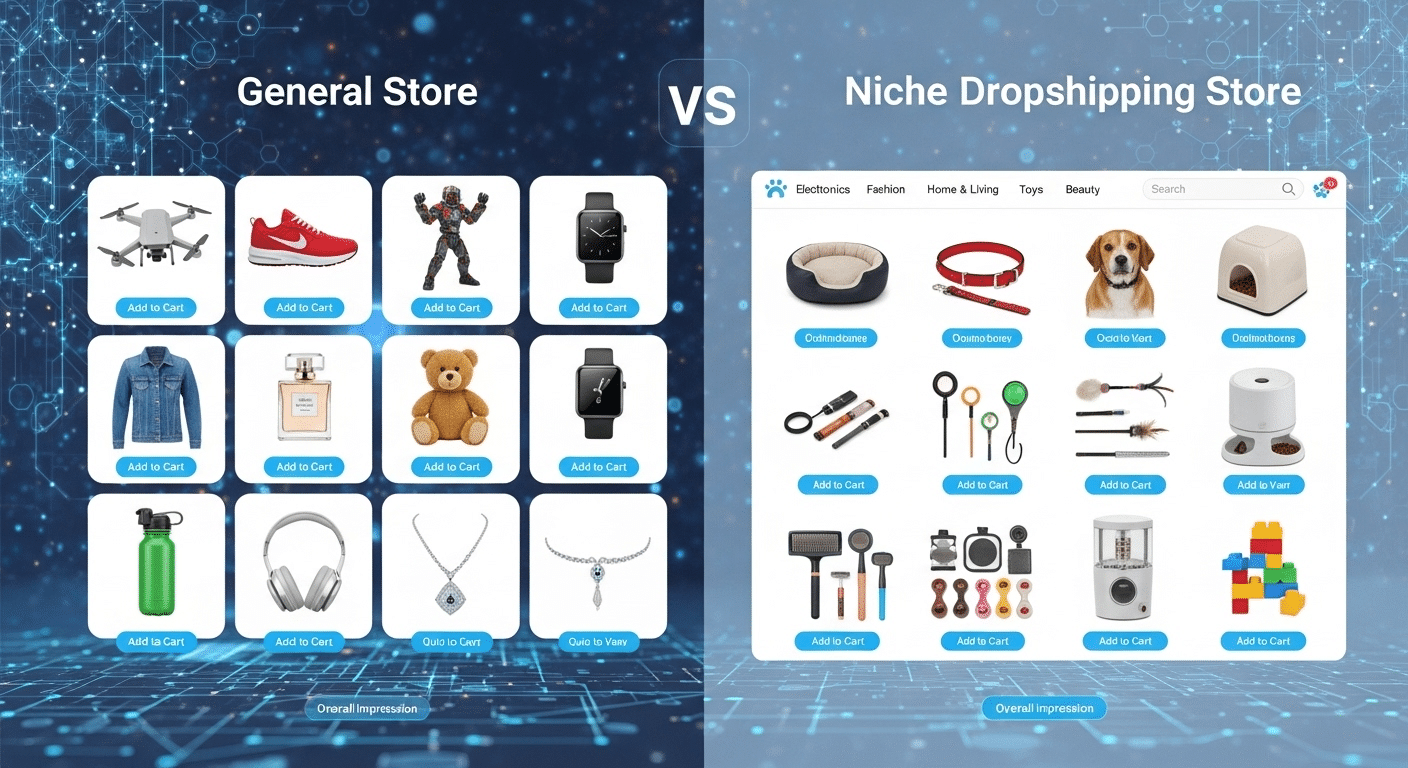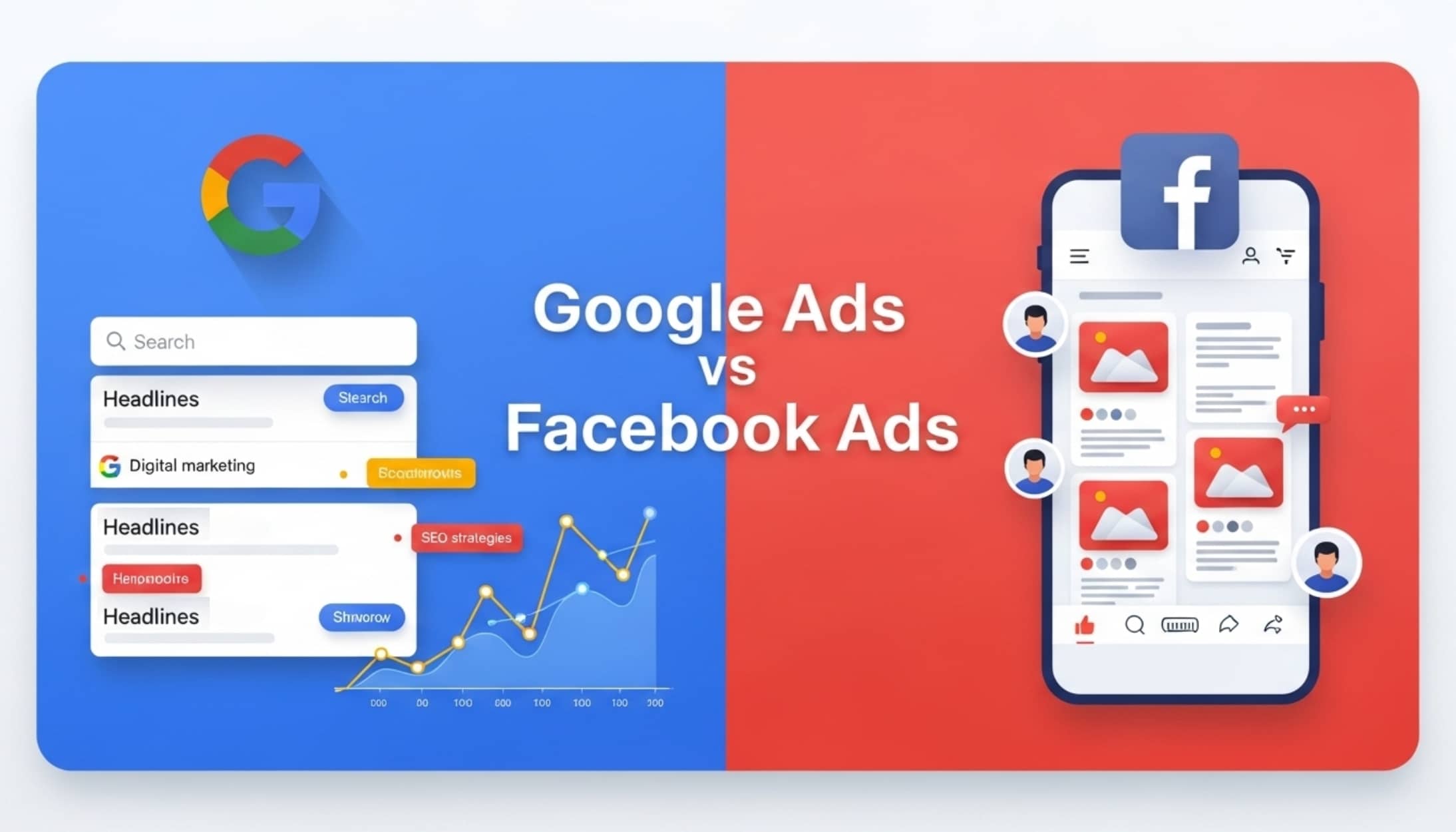Table of Contents
Understanding the Market
Importance of Market Research
First things first, you need to understand your market. Why? Because without knowing what your potential customers want, you might end up with a product that nobody needs. Market research helps you identify trends, understand consumer needs, and evaluate the competition. Here’s how you can do it:- Identify your target audience: Who are your potential customers? What do they like? What are their pain points?
- Analyze your competitors: What are they offering? How are they positioning their products? What are their strengths and weaknesses?
- Evaluate market demand: Is there enough demand for your product idea? Tools like Google Trends and Keyword Planner can help you see how many people are searching for products like yours.
Identifying Gaps and Opportunities
Finding gaps in the market can lead to highly successful products. Look for areas where consumer needs are not being met or where existing products could be improved. For example, eco-friendly products have seen a huge surge in demand as more people become environmentally conscious. To identify gaps and opportunities:- Listen to customer feedback: Check out product reviews on sites like Amazon or Yelp. What are people complaining about? What features do they wish existing products had?
- Stay updated with industry trends: Follow industry news, blogs, and forums to keep abreast of emerging trends and consumer preferences.
- Use competitive analysis tools: Tools like Ahrefs or SEMrush can provide insights into competitors’ weaknesses and help you identify untapped opportunities.
Types of Product Ideas
1. Innovative Product Ideas
Innovative products stand out by offering something new or significantly improved. These can range from smart home devices to cutting-edge tech gadgets. For example, smart home devices like intelligent thermostats or home security systems have become incredibly popular due to their convenience and advanced features. Characteristics of innovative product ideas include:- Uniqueness: Offering features or benefits that are not available in existing products.
- Technology integration: Leveraging the latest technology to solve problems or enhance user experience.
- Scalability: The potential to grow and adapt as market demands evolve.
2. Profitable Product Ideas
Profitability is key when choosing a product idea. High-margin products such as tech accessories, health and wellness items, and home office solutions often yield better returns. Tech accessories like wireless chargers and health products like organic supplements are examples of profitable niches. Factors contributing to product profitability include:- Low production costs: Products that are inexpensive to produce but can be sold at a higher price.
- High demand: Products that are in high demand due to their utility or trendiness.
- Repeat purchase potential: Items that customers need to buy repeatedly, ensuring a steady revenue stream.
3. Niche Product Ideas
Targeting a specific niche can reduce competition and increase customer loyalty. Niche products cater to specific interests or demographics, such as specialty pet supplies or hobbyist tools. These markets might be smaller, but they often have dedicated and passionate customer bases. To know more about profitable niche read most profitable niches in 2025. Advantages of niche product ideas include:- Less competition: Fewer businesses targeting the same niche can lead to higher visibility.
- Stronger customer relationships: Niche markets often have highly engaged customers who value personalized products.
- Expertise leverage: If you have expertise in a particular area, you can create products that resonate deeply with a niche audience.
Finding Inspiration
Leveraging Trends
Keeping an eye on current trends can provide a wealth of product ideas. Trends in sustainability, remote work, and health are particularly hot right now. Products like reusable household items, ergonomic office furniture, and fitness equipment have all seen increased demand. Ways to leverage trends include:- Monitoring social media: Platforms like Instagram and TikTok are great for spotting emerging trends.
- Attending industry events: Trade shows and conferences can provide insights into the latest developments in your industry.
- Following trend reports: Resources like Trend Watching and Nielsen provide regular updates on consumer trends and behaviors.
Solving Everyday Problems
Some of the best product ideas come from solving everyday problems. Think about the challenges you face daily and how a product could address them. For example, ergonomic office chairs became highly popular as more people began working from home and needed comfortable seating solutions. Steps to identify problems worth solving:- Observe daily routines: Identify pain points in your daily activities and think about how they can be alleviated.
- Engage with your audience: Ask your customers about their biggest challenges and listen to their suggestions for solutions.
- Look for inefficiencies: Products that streamline or simplify tasks are often in high demand.
Find New Product Ideas in These Places
Still stuck? No worries. Sometimes, you just need a little nudge in the right direction. Here are some places where you can find fantastic new product ideas:- Social Media Platforms: Sites like Instagram and Pinterest are goldmines for discovering what’s trending. Follow influencers and see what products they are raving about.
- Online Marketplaces: Browse through Amazon, Etsy, or eBay. Look at the best-sellers lists to see what’s hot. Check out the reviews to understand what customers love and what they think is missing.
- Customer Feedback: Directly ask your customers what they want. Surveys and feedback forms can provide insights into what new products they’d be interested in.
- Competitor Analysis: See what your competitors are doing. Look at their product offerings, read their customer reviews, and see if there’s a gap you can fill.
- Industry Events: Trade shows, webinars, and conferences are excellent for networking and discovering the latest products in your industry.
- Trend Analysis Tools: Use tools like Google Trends, BuzzSumo, and Trend Hunter to identify emerging trends in various industries.
- Forums and Online Communities: Platforms like Reddit, Quora, and specialized forums can offer insights into what people are discussing and what problems they are looking to solve.
- Patent and Trademark Databases: Browsing through patents can spark ideas for innovation. Check out the latest filings to see what new technologies or concepts are being developed.
- Crowdfunding Sites: Websites like Kickstarter and Indiegogo showcase innovative products seeking funding. Reviewing these can help you understand what types of products are gaining traction.
- Blogs and Industry Publications: Follow influential blogs and industry publications to stay updated on the latest news and developments. This can provide inspiration for new product ideas.
- Social Listening Tools: Use tools like Hootsuite or Brand watch to monitor social media conversations about specific topics or products. This can help you identify unmet needs and opportunities.
- In-House Brainstorming Sessions: Gather your team for brainstorming sessions. Encourage creative thinking and open discussions to generate new ideas from within your organization.
- Observation and Everyday Life: Pay attention to your daily experiences and the products you use. Sometimes, the best ideas come from solving your own problems or enhancing your own experiences.
Evaluating Product Ideas
Feasibility and Viability
Before investing time and resources, evaluate the feasibility and viability of your product idea. Consider factors such as market size, competition, production costs, and potential profitability. Tools like SWOT analysis (Strengths, Weaknesses, Opportunities, Threats) can help in this process. Key questions to ask during evaluation:- Market size: Is there a large enough market for your product?
- Competitive landscape: How many competitors are there, and what are their strengths and weaknesses?
- Cost analysis: What are the production and distribution costs, and can you achieve a profitable margin?
- Regulatory considerations: Are there any legal or regulatory hurdles to overcome?
Testing Your Product Idea
Prototyping and testing are crucial steps in product development. Create a minimum viable product (MVP) and gather feedback from potential customers. Platforms like Kickstarter or Indiegogo can be excellent for validating demand and securing initial funding. Steps to effectively test your product idea:- Build a prototype: Develop a basic version of your product to showcase its features.
- Gather feedback: Conduct surveys, focus groups, or beta tests to collect user feedback.
- Iterate based on feedback: Use the feedback to make necessary improvements before a full-scale launch.
Bringing Your Product to Market
Once you’ve validated your idea, it’s time to develop the product. This involves refining the design, sourcing materials, and setting up production. Utilize resources like Alibaba for finding suppliers or Upwork to hire freelancers for specific tasks. Key steps in product development:- Design refinement: Finalize the product design based on testing feedback.
- Supplier selection: Choose reliable suppliers for materials and manufacturing.
- Production setup: Establish production processes and quality control measures.
Marketing Strategies for New Products
Effective marketing is essential for a successful product launch. Use a mix of digital marketing strategies, including social media, influencer partnerships, and email campaigns. Case studies of successful product launches, such as Dollar Shave Club’s viral video campaign, can offer valuable insights. Effective marketing strategies include:- Content marketing:Create valuable content that educates and engages your audience.
- Social media marketing:Leverage platforms like Instagram and Facebook to reach a wider audience.
- Influencer partnerships:Collaborate with influencers to build credibility and reach new customers.
- Email campaigns:Use email marketing to nurture leads and drive conversions.
Top Must-Try Innovative Product Ideas for 2025
- Smart Home Devices- Smart home devices make life more convenient and efficient. From thermostats that learn your schedule to lights you can control with your voice or smartphone, these gadgets are designed to simplify everyday living.
- Health Supplements- Health supplements, especially organic and wellness-focused ones, are in high demand. They support overall health, boost immunity, and enhance mental clarity, making them essential for health-conscious consumers.
- Eco-friendly Products (including reusable water bottles)- Eco-friendly products are gaining popularity as more people seek to reduce their environmental impact. Items like reusable water bottles and biodegradable alternatives help consumers live more sustainably.
- Home Office Equipment (including ergonomic chairs)- With more people working from home, ergonomic chairs and other home office equipment are essential. These products enhance comfort and productivity, making remote work more enjoyable and efficient.
- Fitness Equipment- Home workout gear, such as resistance bands, yoga mats, and compact exercise machines, is perfect for those who prefer to exercise at home. These products help individuals maintain their fitness routines conveniently.
- Pet Accessories- Pet owners love to pamper their furry friends. Specialty pet products, including interactive toys and comfortable beds, cater to this demand, providing joy and comfort for pets.
- Tech Accessories (including tablet computers)- Tech accessories like wireless chargers and tablet computers enhance the functionality of electronic devices. These products are always in demand as technology continues to advance.
- DIY Kits- DIY kits for crafting, home improvement, and gardening are popular among hobbyists. These kits provide all the materials needed for hands-on projects, making them ideal for both beginners and experienced crafters.
- Subscription Boxes- Subscription boxes offer curated products delivered regularly, catering to various interests from books and snacks to beauty products. They provide a sense of excitement and discovery with each delivery.
- Personalized Gifts- Personalized gifts, such as custom jewelry, apparel, and home decor, offer unique product ideas that add a special and memorable touch. These items allow consumers to create one-of-a-kind gifts that are cherished by their recipients, making them perfect for any occasion.
- Toys (educational and STEM-focused)- Educational toys and STEM kits make learning fun and engaging for children. These products appeal to both parents and educators looking to foster development and critical thinking skills.
- Digital Artwork- Digital artwork, especially with the rise of NFTs and online art marketplaces, is a growing niche. This area offers lucrative opportunities for both artists and collectors.
- Eyebrow Enhancers- Eyebrow enhancers cater to the beauty and grooming needs of consumers. These products are easy to use and help individuals achieve their desired look effortlessly.



 Trend Analysis
Trend Analysis



